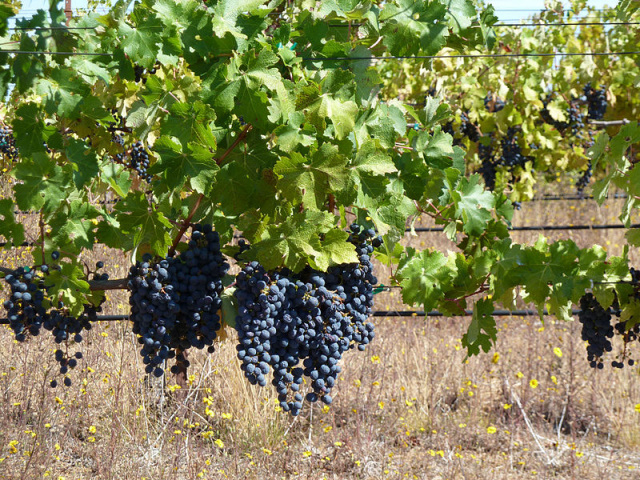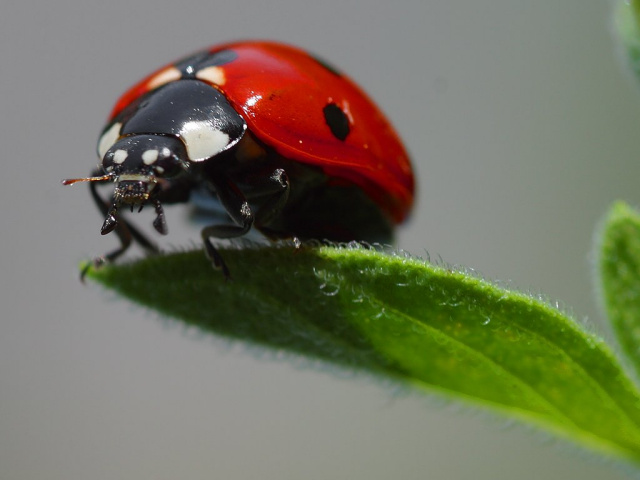Weeds and Wildflowers

By John and Jennifer VerPLanck
Many years ago, when I was in college, I rode up to Russian River with a friend whose family lived there. As we passed by a well- known vineyard, I noticed all kinds of “stuff” growing between the vines and thought it poor agricultural practice. As with so much of my vast knowledge at that age, I was wrong.
While some vineyard managers prefer bare ground in the strip between vineyard rows, many seek symbiotic plants that benefit the overall health of the vines, the soil and the quality of the grapes. Particular diverse perennial or annual native grasses, herbs, flowers and legumes grown as cover crops are an important tool for the viticulturist. If timed right, the plants can improve or reduce vine growth, control nitrogen and soil fertility and suppress problem weeds like thistle. Cereal rye, fescue, barley and crimson clover add nitrogen to the soil. Mustard and chicory are natural pesticides.
In addition, these plants increase water retention and help decrease soil erosion. In new vineyard blocks, the cover crop may be left to help with erosion over the winter. In others, come autumn, they are plowed under, adding organic matter to the earth in the vineyard.
Some cover crop plants encourage bees, which cross pollinate the vines. Flowering plants that provide pollen or nectar attract beneficial insects that contribute to the eco- system by feeding on the “bad “insects. Predatory insects like indigenous ladybugs, small wasps, some beetles, lacewings and some spiders are vineyard friends. Flowering plants that are common in vineyards are: alyssum, caraway, dill, bronze fennel, sunflowers, yarrow, thyme, tansy, Queen Ann’s lace, buckwheat, phacelia, cosmos, coneflower, chamomile, vetch and blanket flower. 
Rose bushes at the ends of rows are not only attractive, and attract beneficial insects, but will act as an early warning if powdery mildew is present. Choke cherry bushes along the edge of the vineyard provide shelter for and divert birds who prefer the sour fruit to the sweeter grapes.
Sometimes special plantings yield unexpected results. In Italy’s Marche region, Pecorino vines were planted as a buffer to lure insects away from other, more important grape vines. But it was found, over time, that the Pecorino grapes produced a very enjoyable white wine, thought by many to be preferable to the protected grapes.
While these practices are not available to large commercial vineyard operations who must strive for maximum yields and use mechanical harvesters and chemical herbicides, they enable the smaller viticulturists to make high quality wine without the reliance on harmful chemicals. Instead of wiping out pests or problem plants, the smart growers learn to manage them and work with nature. So keep an open mind when you see what look like weeds and wildflowers left in a vineyard, they’re at work!
|